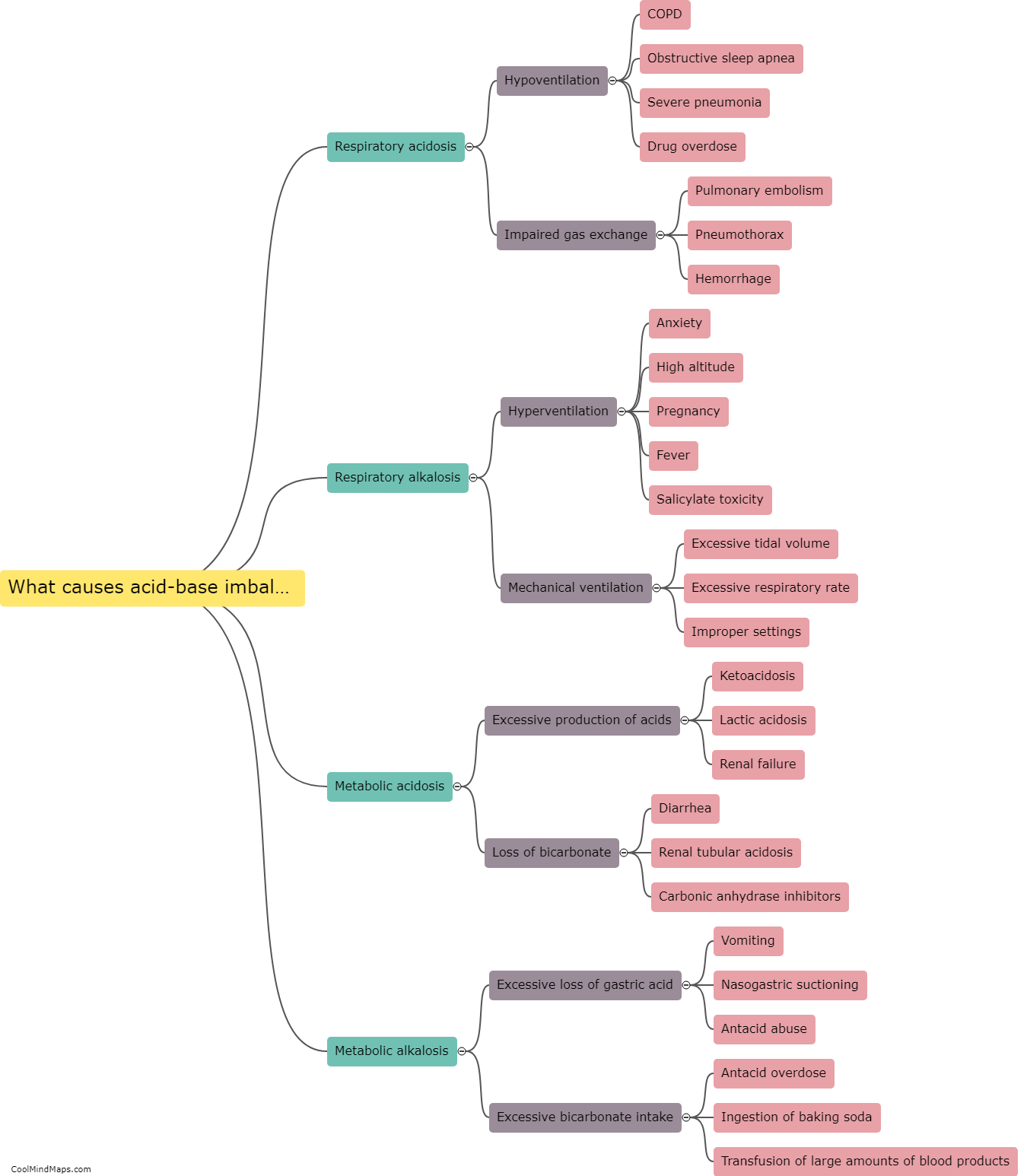What does the dual aspect concept mean?
The dual aspect concept, also known as dual aspect assumption, is an accounting principle that recognizes the duality of every financial transaction. It states that every transaction has two sides, commonly referred to as the double entry system. According to this concept, there is a simultaneous and equal effect on both the assets and liabilities (or equity) of a company as a result of any financial transaction. In other words, when a transaction occurs, there is an exchange or impact on both the resources the company owns (assets) and the claims against those resources (liabilities or equity). This concept forms the foundation of double-entry bookkeeping, ensuring that the accounting equation (Assets = Liabilities + Equity) always remains in balance. By following the dual aspect concept, accountants can accurately record and analyze financial transactions, providing a comprehensive and accurate representation of a company's financial position.

This mind map was published on 1 February 2024 and has been viewed 81 times.











